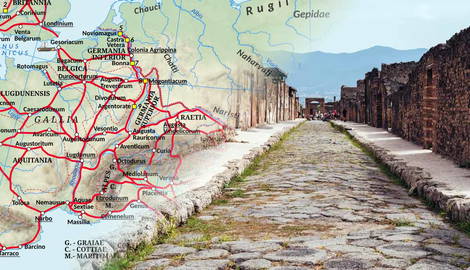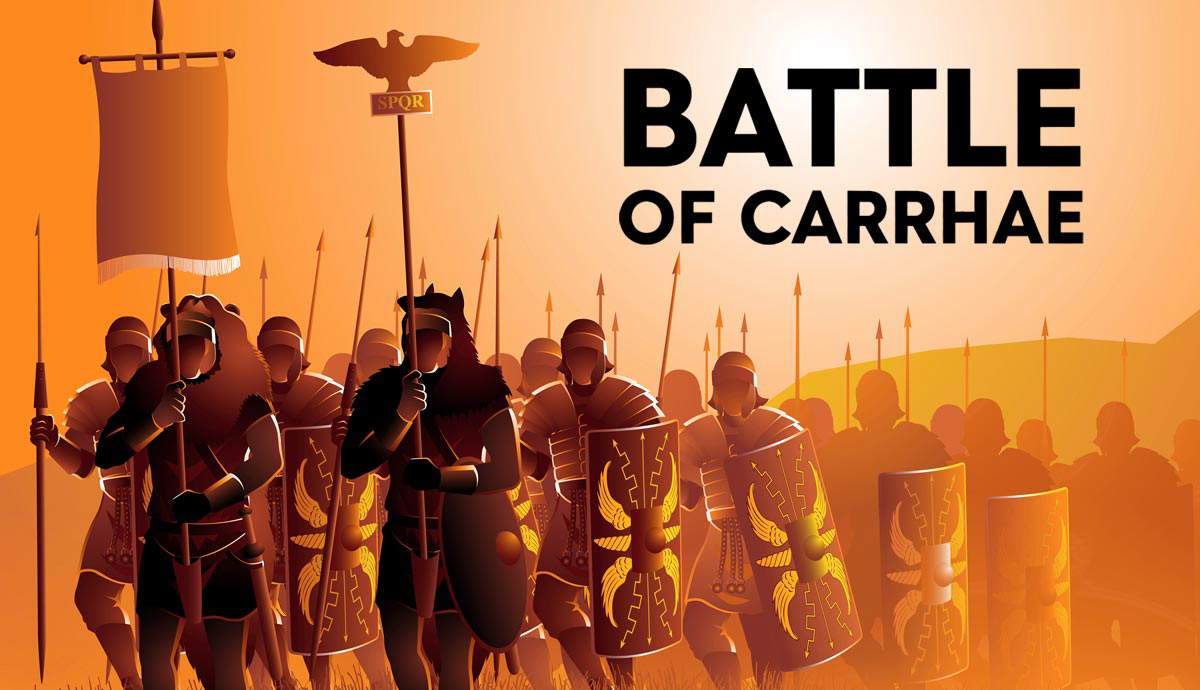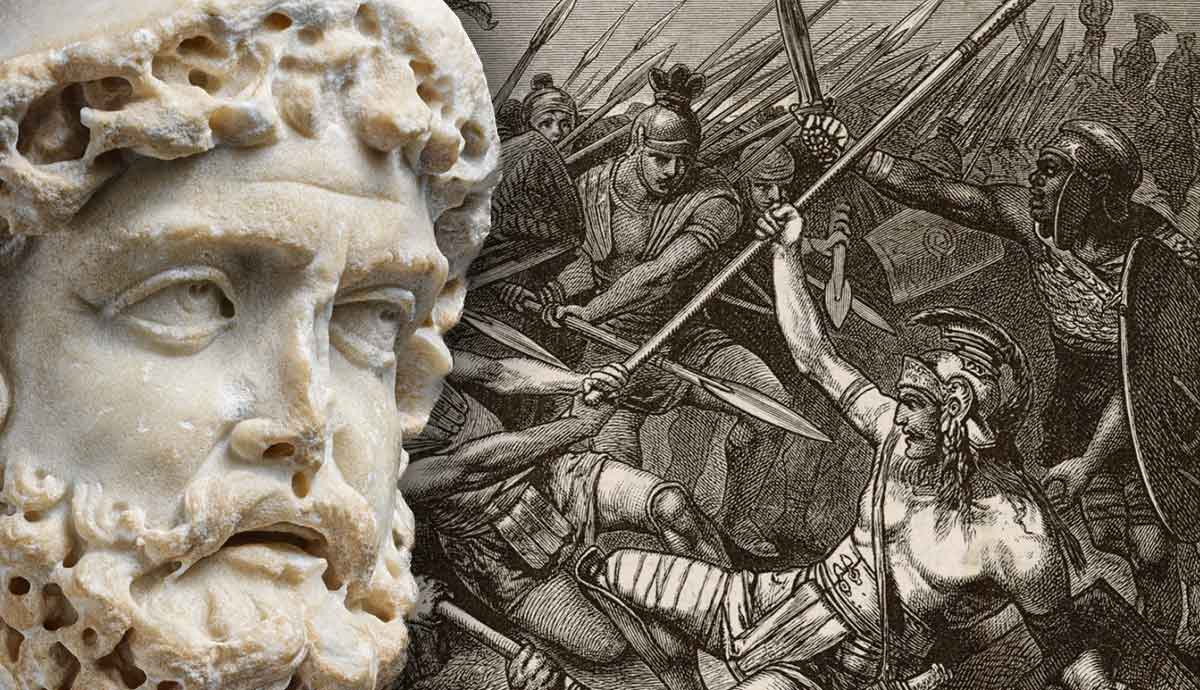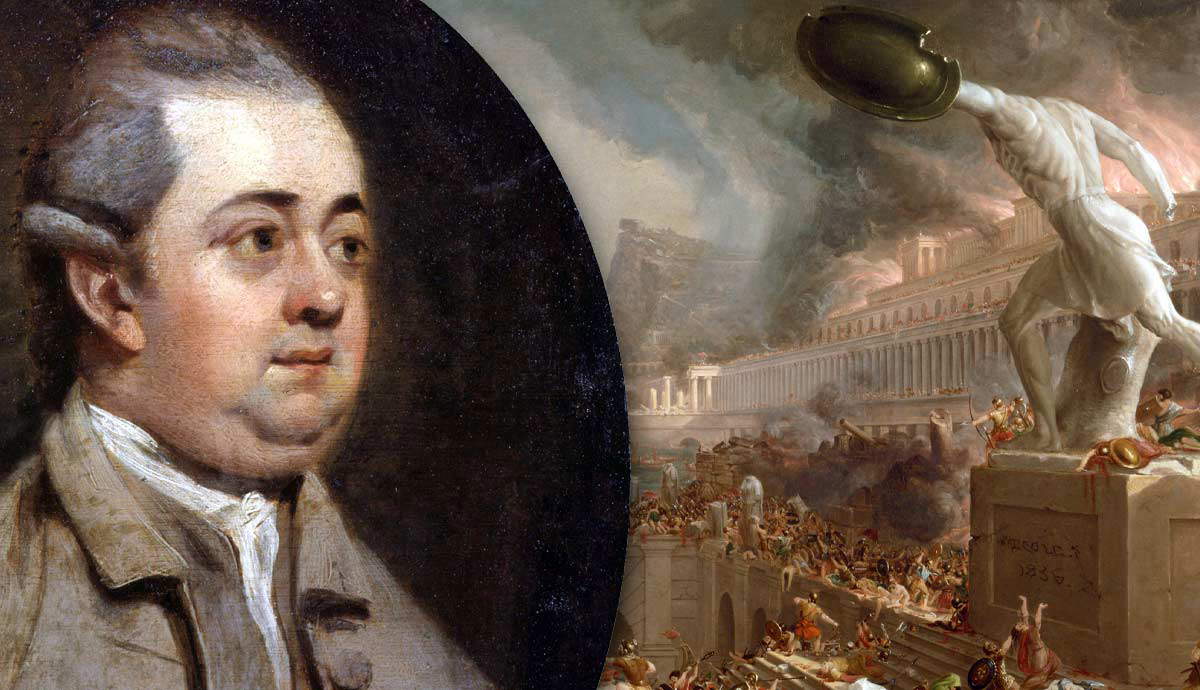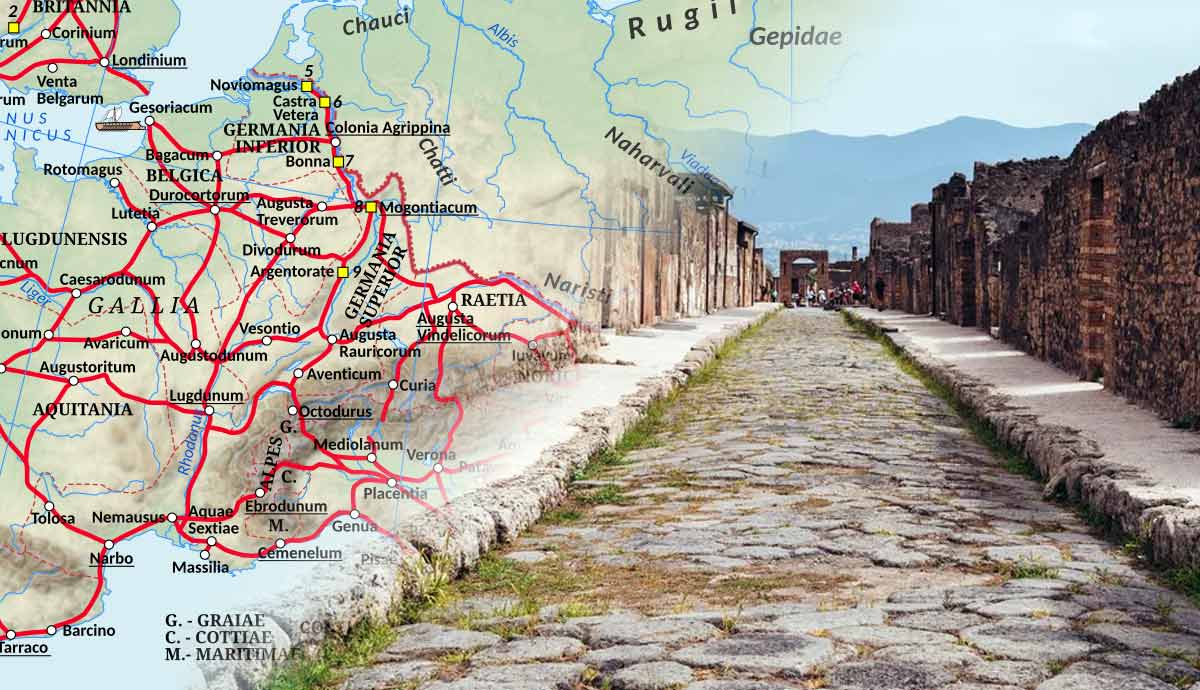
Roads provided more than the obvious to the Romans. While not the first roads in existence, they certainly proved to be the among the best. Built with precision and durability, the industrious Romans built over 250,000 miles, with some 50,000 miles paved. These routes facilitated easier, more reliable travel from Brittania to Syria.
Roman roads marked a physical or mental presence where the Empire ruled. In newly conquered territory, roads reinforced that fact. With that road came legions, pilgrims, traders, settlers, and everything in between. Roman roads only accelerated assimilation as ideas, languages, and trade traveled on them. Latin spread quickly as the lingua franca for centuries. Later, Rome’s language became the basis for the Romance languages, all in areas connected via Roman arteries.
Built Like No Other
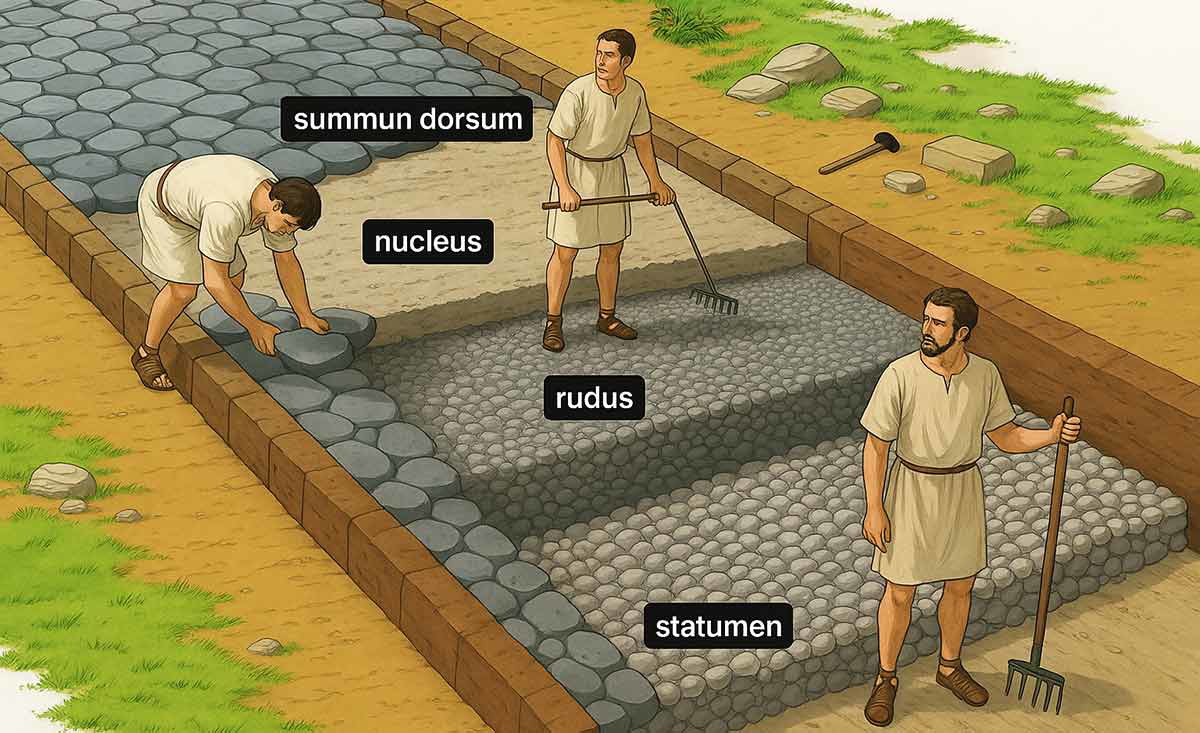
The Roman reputation for quality extended to road building as well. First, surveyors, or gromatici, surveyed the path, charting the straightest route found. Valleys, hills, or rivers presented only minor obstacles. For the legions, straight roads meant speed, allowing for quick movement to hotspots. Trade and travel benefited too.
Once the engineers had finished, they used tools like chorobates (leveling), using stakes or flags to mark the routes over distances for alignment. Next, workers dug trenches down the path to form the road’s base. Workers laid down four layers of different kinds of stone for stability. The tightly fitted surface stones, called pavimentum, were tilted, allowing for better drainage. To keep the roads solid over time, ditches ran along them to slow erosion. Milestones marked distances plus the emperor at the time of building.
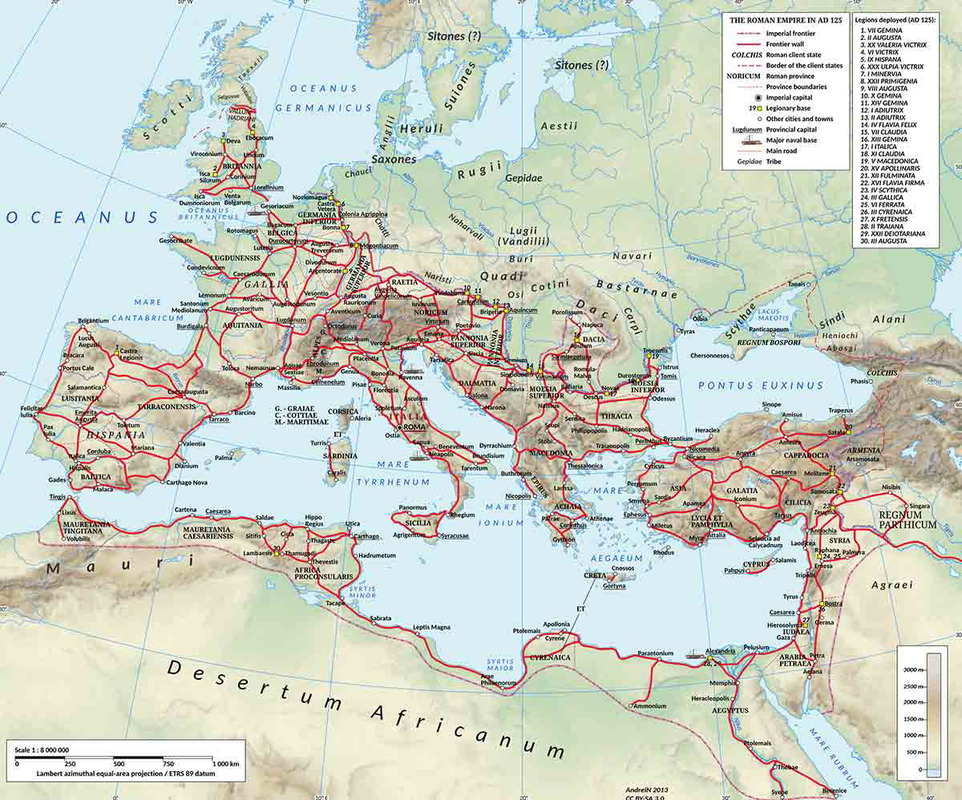
The Romans built their first paved road, the Appian Way, in 312 BCE, connecting Rome with Casilinum (Capua). Permanent roads meant more than travel – they projected control and order. While a massive expense in time and labor, Imperial roads enabled the Romans to demonstrate their power across large distances. Add bridges, marked milestones, and waystations to ensure stable conditions and travel time between locations. In an era with no stirrups, paved roads let the disciplined Roman legions travel up to twenty to thirty miles a day. Not bad for an army that marched everywhere.
Built for Control and Armies
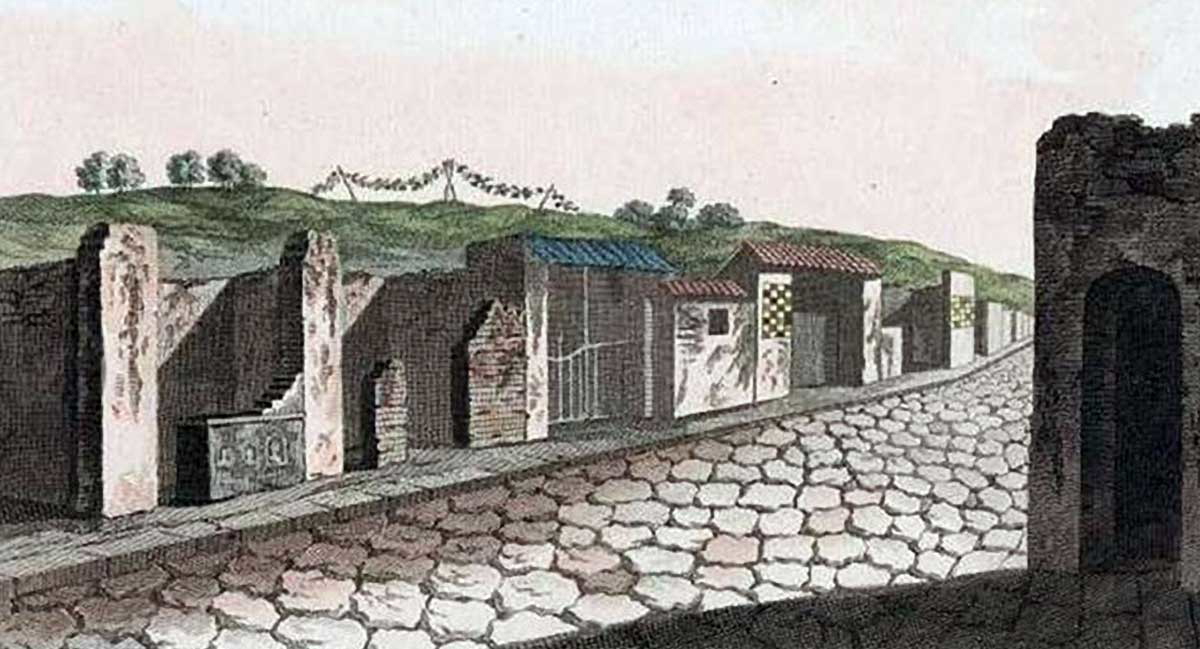
Beyond aiding quick deployments to trouble spots, roads represented Rome. Psychologically, the roads announced that the Romans meant to stay. Physically, these roads reaching into the Empire demonstrated Rome wasn’t far away. Auxiliary troops and legions protected the roads, more so in newly acquired territory. The Imperial Courier system, or Cursus Publicus, used Roman roads heavily. Owned by the state, couriers delivered messages, intelligence, or documents across the Empire. Relying on waystations, Imperial messages could be delivered in days, not months, anywhere Rome ruled.
Roads Meant Money and Business
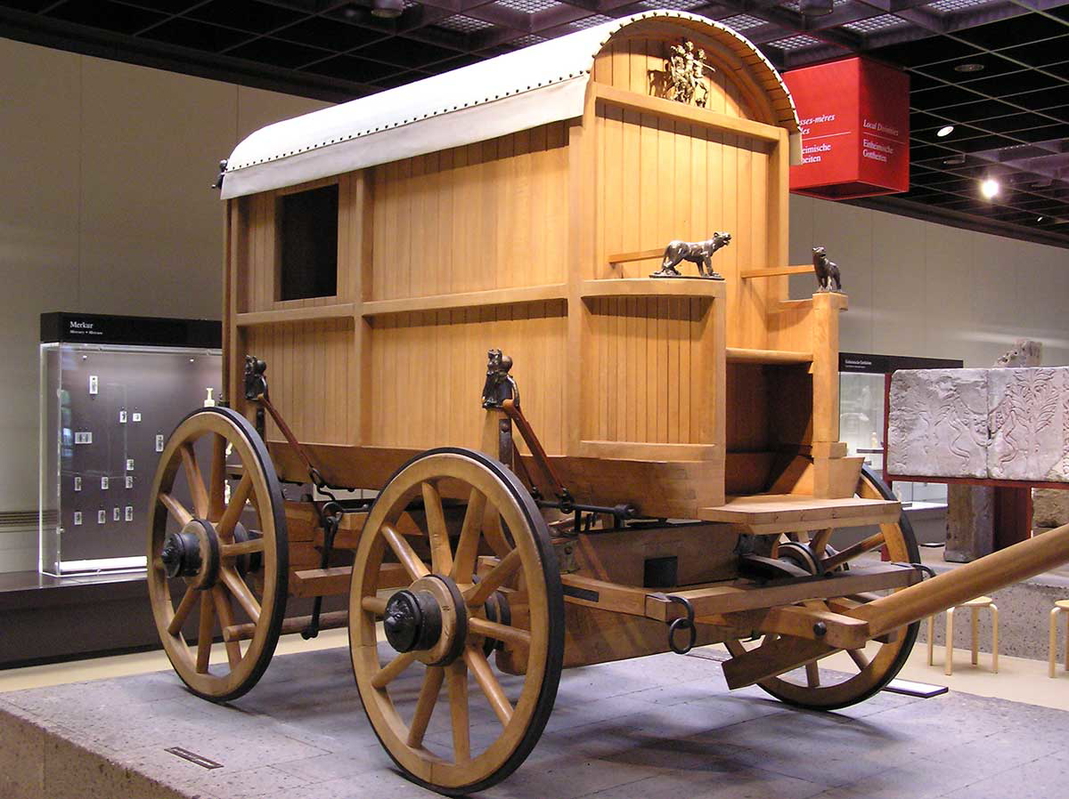
Safe roads, like a quiet Mediterranean Sea, meant business prospered. Roman roads crisscrossed the Empire, like a spider’s web, tying disparate regions together economically. Trade goods, raw materials, and crops made their way across the Empire, and these roads connected harbors with inland markets.
With trade routes mapped with Roman efficiency, roads made provincial items available everywhere. Egyptian grain, first transported by sea, sustained Rome and Italy as its population grew. Spanish olive oil, a Roman staple, and gold wound their way to the Empire’s capital.
And finally, taxes-no Empire can survive without them. Procurators (tax officials) used the roads to assess lands and poll taxes quickly. The roads became money generators for portaria, a tax based on a cargo’s worth. The roads enabled consistent pricing, staples, and imperial policy allowed Roman identity to sink in further regionally.
Roman Road’s Greatest Victory
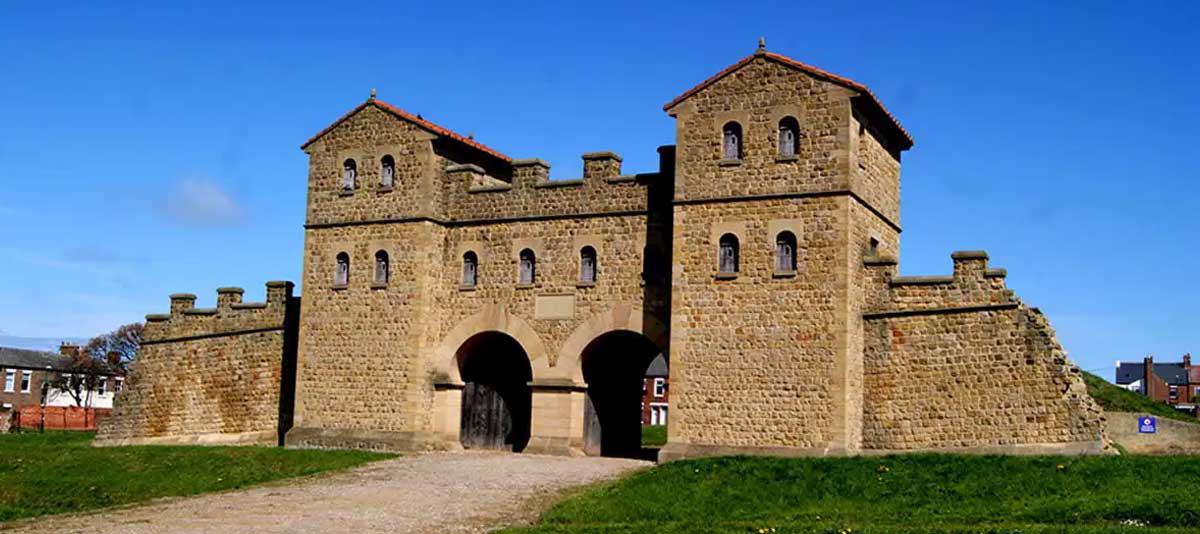
Roman roads did thread the Empire together. But their greatest victory came via cultural diffusion. As the legions acquired new territory, the roads quickly followed. Roman culture seeped in. Latin and Roman law spread through new settlements, architecture (baths, amphitheaters), and new religions. Distinct regional differences merged with Roman ones or even replaced by (Gallo-Roman in Gaul).
As time went on and roads enabled easier travel, market towns appeared. These settlements meant travel and trade became quicker and more reliable. Besides rest stops, these road towns connected local merchants with the wider Empire. The latest customs, news, or ideas were exchanged, invisibly gluing Roman culture or ideals.
The legions typically led the way to increased diffusion. Castleford in the UK, or Lagentium to the Romans, grew up around a legionary fort. The town served as a crossroads connecting northern England. Legions frequently passed through, for war or assignment.
These Roman roads held the Empire together. The saying “All Roads Lead to Rome”, became a potent metaphor; with 250,00 miles of roads in their legacy, the Romans certainly made a strong case.
